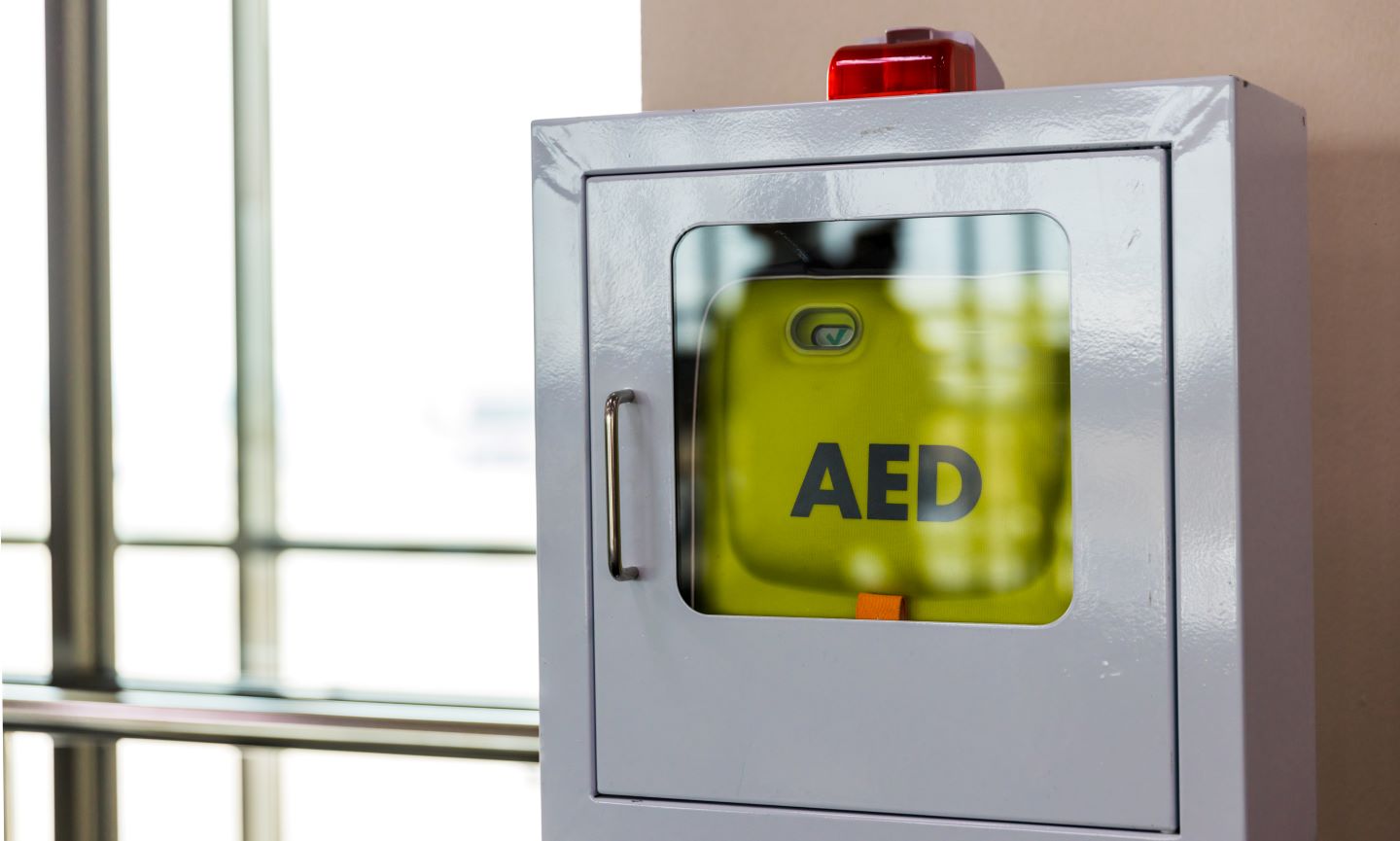The Importance of AEDs in the Workplace
If you have ever wondered what an AED (Automated External Defibrillator) is, and why it is important to know how to use one, we encourage you to keep reading! Since these devices are commonly available and often present in offices and other public spaces, let’s discuss further what an AED is, and why it is important to know how to properly use one.
What is an AED?
The Red Cross describes an AED as a “sophisticated, yet easy-to-use, medical device that can analyze the heart's rhythm and, if necessary, deliver an electrical shock, or defibrillation, to help the heart re-establish an effective rhythm.” It is used to help those experiencing sudden cardiac arrest and can often be the difference between life and death.
Sudden cardiac arrest is one of the leading causes of death in the United States, with 350,000 people suffering cardiac arrest this year (Red Cross). According to Heart & Stroke, each year an estimated 35,000 cardiac arrests occur in Canada. With most happening in public places, or at home, survival rates are low. However, if someone can perform CPR and use an AED, these statistics improve exponentially.
One of the ways to restore regular heart rhythm during cardiac arrest to is employ the use of an AED. Since response time from emergency first responders can be delayed, survival rates are increased when having access and knowing how to properly use an AED in case of emergency and the need for immediate assistance.
How does it work?
The AED uses voice prompts, lights, and text to tell the person using the device the necessary steps to take. Using a built-in computer, it checks the victim’s heart rhythm through adhesive electrodes. The computer then calculates whether defibrillation is needed.
Since AEDs are designed to be user friendly, they can be used by those without medical training. The clear voice prompts will guide the user through each step, including where to place the pad and when to deliver a shock. The simplicity of use allows an employee to operate the AED quickly and effectively, which minimizes the delay in providing necessary help.
Important questions for your workplace
AED’s save lives. Therefore, consider your workplace and ask the following questions:
• Does your company have an AED on the worksite?
• Do you know where the AED is kept?
• Is your workplace trained in the use of an AED?
• Is the AED regularly inspected? Regular checks are critical! Ensure batteries are replaced regularly, and look for red or flashing lights, which can indicate an issue with the AED.
Since survival rates decline by 7-10% every minute of delay of treatment, time is of the necessity! After ten minutes, the chance of survival drops to below 5%.
In Canada, there are currently no occupational health and safety legislation that requires employers to have AEDs installed in the workplace: “While it is not mandated, some jurisdictions may have guidance. For example, the Alberta OHS legislation requires the employer to do what is reasonably practicable to ensure the health and safety of employees at the worksite and encourages the use of AEDs for emergencies in the workplace. When considering the use of AEDs at the workplace, it is recommended that the employer conduct a hazard assessment to evaluate the appropriate location(s) for installation, the population at risk, and the existing emergency response plans.”
Our team is here to help, and we are available to assist in ensuring your employees and worksite are set up to be as safe as possible.

